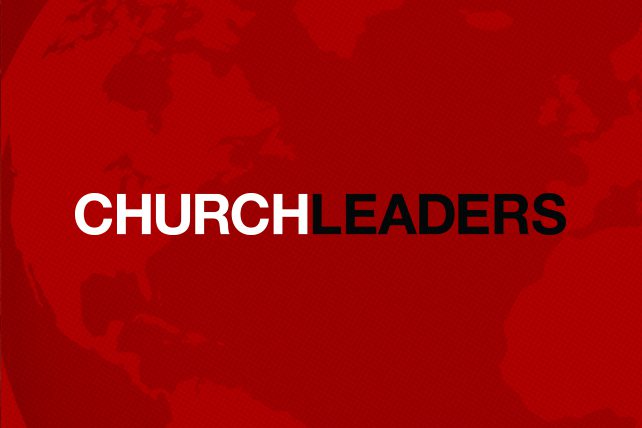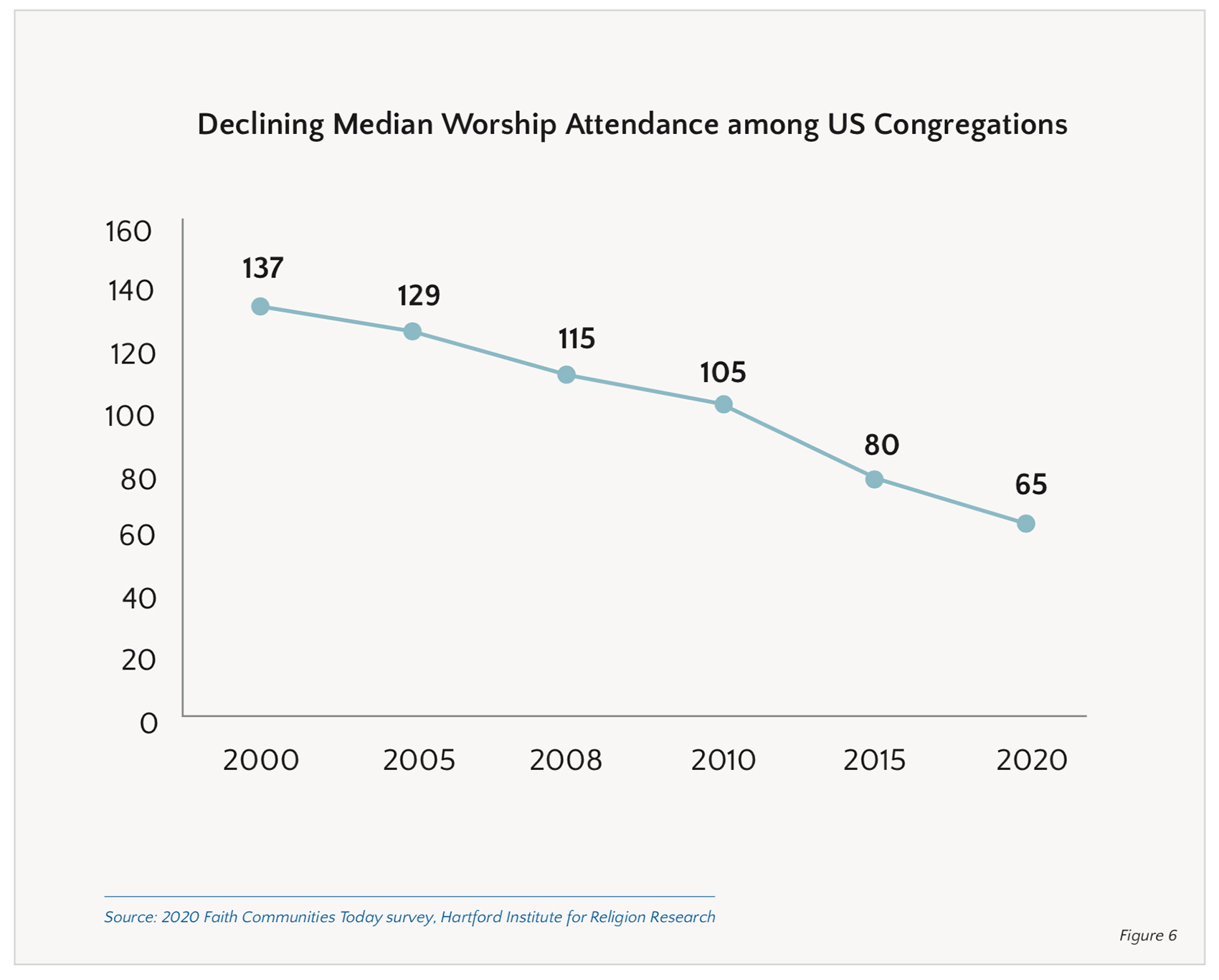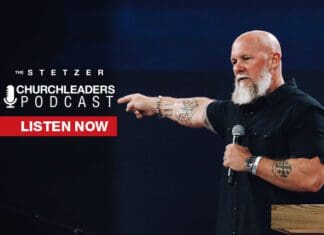It is said that when Maureen Stapleton won the Academy Award, she gushed into the microphone, “I want to thank everyone I’ve ever known!” That got a laugh, I’m sure, and everyone understood the sense of gratitude that threatened to overload her nervous system. It’s a grand feeling, no doubt, although few among us have ever been in the position she was at that moment. Her experience is a teachable moment, though, in how to give thanks.
Does anyone think that Ms. Stapleton’s friends and family members, her co-stars and colleagues, her producers and directors, immediately felt appreciated and properly thanked by that statement? I think not.
No one took it as a personal word of appreciation. Impersonal, general, generic one-size-fits-all thanks does not do the job. A message on the sign-board in front of a place of business saying “Thanks for your patronage” is not how to give thanks. There are ways to say “thanks” effectively and also ways to say “thanks” when you’re wasting your breath.
How to Give Thanks – The Wrong Way
1. Using thanksgiving as a means of boasting.
The Pharisee in Jesus’ parable gave thanks, but only as a means of exposing his pride. He stood in the Temple and prayed, “God, I thank thee that I am not like other men–robbers, evil-doers, adulterers…I fast twice a week and give a tenth of all I get.” (Lk. 18:12)
It’s a subtle thing that affects those who pray. As we give thanks for our well-being and that of our loved-ones, we may unknowingly slip across that line into the minefield of pride and egotism. From praying “Lord, thank you for my health” we begin to pray, “Thank you that I eat right, I exercise, and I work hard to take care of my health.”
From praying, “Thank you for my salvation,” we begin to pray, “Thank you for saving me, for using me when I speak, for hearing my prayers and for giving me the opportunity to speak tonight in Oxford, tomorrow night in Memphis, and next week in Little Rock.” Subtle, but deadly.
2. Using words only when actions are called for.
The psalmist said, “Offer to God a sacrifice of thanksgiving and pay your vows to the Most High….” (Ps. 50:14) There are times when words are in order and exactly what is needed. The prophet Hosea counseled the Lord’s people, “Take with you words and return to the Lord.” (Hos. 14:2)
At other times, words just don’t do it. “My little children, let us not love in word or in tongue (only), but in deed and in truth.” (I John 3:18)
Many a child of an alcoholic parent knows how hollow words of love may sound. The perhaps well-meaning adult makes all kinds of vows to the family about the future, but the children have long since learned to ignore such promises. They look for actions, not pledges.
When we say “thank you” and “I love you” to someone who needs visible and tangible proof of our gratitude and affection, and nothing more, we fail them. The prophet Malachi warned the Lord’s people of the 4th century B.C. that it did no good to “cover the altar of the Lord with tears, with weeping and with groaning” at the same time they were disobeying Him by intermarrying with the pagan women of surrounding tribes. (Mal. 2:13)
3. Saying the right words but your heart just isn’t in it.
“Sing to the Lord with thanksgiving.” (Ps 147:7) It’s good to sing to the Lord; it’s far better to do so with a heart overflowing with gratitude to Him for His wonderful acts.
What parent has not forced a reluctant child to apologize and make up with a sibling he/she has mistreated? We can hear the voice of the unwilling penitent even now, decades later, as he says grudgingly, “I’m sorry,” and offers the other one a hug so stiff as to be comical.
We Christians do that, don’t we. Knowing thanksgiving is right and is commanded, we say the words but they fall to the earth before reaching their destination.
4. Generalizing our thanks to everyone.
“I want to thank all who made this night happen.” The pastor says that from the pulpit after an evening in which the church family gathered for a grand celebration of one type or other. Staff members and a team of volunteers slaved days or even weeks to put this event together, to plan and execute, to assemble guests, to make arrangements, to make it happen. A quick, generic “thank you” might have been in order from the pulpit, but I guarantee there’s not a worker in the room who feels that this was directed toward him or her.
So, how to say thanks? Here are some suggestions.
How to Give Thanks – The Right Way
1. Write a note.
Handwritten is great. Two sentences are sufficient so long as they are personal and make it clear that the writer is not saying the same thing to everyone. “Charlie, the sound system was so effective Thursday night, that no one gave a thought to it! You did your job beautifully, and we all thank you.” That’s how to give thanks briefly and sincerely.
2. Give a gift.
It doesn’t have to be much, but it needs to be appropriate.
Over 10 years ago, when Mae volunteered to help Miriam keep the flowers up around the church, she confessed to not having the foggiest idea on how to do it. Yet, she listened to Miriam and applied herself and took courses and eventually when Miriam’s family moved away, Mae inherited the job. When Danny, the church administrator, told me Mae had received a certificate naming her Master Gardener, he asked for my help. “We want you to sketch her in front of the church working with the flowers. Write up at the top ‘The Master’s Gardener.’ We’ll frame it and present it to her in church.” I drew it, Danny framed it, and Pastor Mike presented it to Mae in church. He said, “Mae Jones is a volunteer, but she spends as much time down here as any of the paid workers. The lovely curbside-appeal of this church is the work of this lady and her team.”
The congregation stood and applauded this humble and very surprised lady. In all, that framed drawing might have cost $100–all of it for the frame–but it was an appropriate expression of our thanksgiving and love to a faithful servant.
3. Make a call.
A phone call will often suffice. Even an e-mail in certain situations will be enough.
I must be the biggest hypocrite on the planet. When I think about the vast numbers of people to whom I owe notes of appreciation, gifts of love, and calls to say thanks, I am overwhelmed at my negligence. Churches invite me to speak, members open their homes with hospitality, pastors take me to dinner and the church even gives me a check to thank me for coming.
The fact is if I sat down and hand-wrote a note to everyone deserving it, I’d have little time for anything else. So, I do what you do: I do what I can get to. And no doubt, I leave out many. Some I forget, others I appreciated so greatly that I meant to do something better and bigger, then the weeks went by and soon other things crowded my mind and I did nothing.
I find myself wondering sometimes does anyone in my vast circle of friends and loved ones remember that “Joe never did thank us”?
Dear Lord, let it not be so. Let all those whom I have failed to get to with my heartfelt love and thankfulness not notice my failures. Bless them for their faithfulness, please, and reward them for their generosity.
The lasting truth of all this is no one who is even slightly aware of his debt to so many around him/her will ever catch up on the task of giving thanks to those to whom he is indebted.
But it’s no excuse not to try. We can learn how to give thanks.
Start with the One to whom you owe the most. “Give thanks to the Lord for He is good.”






















